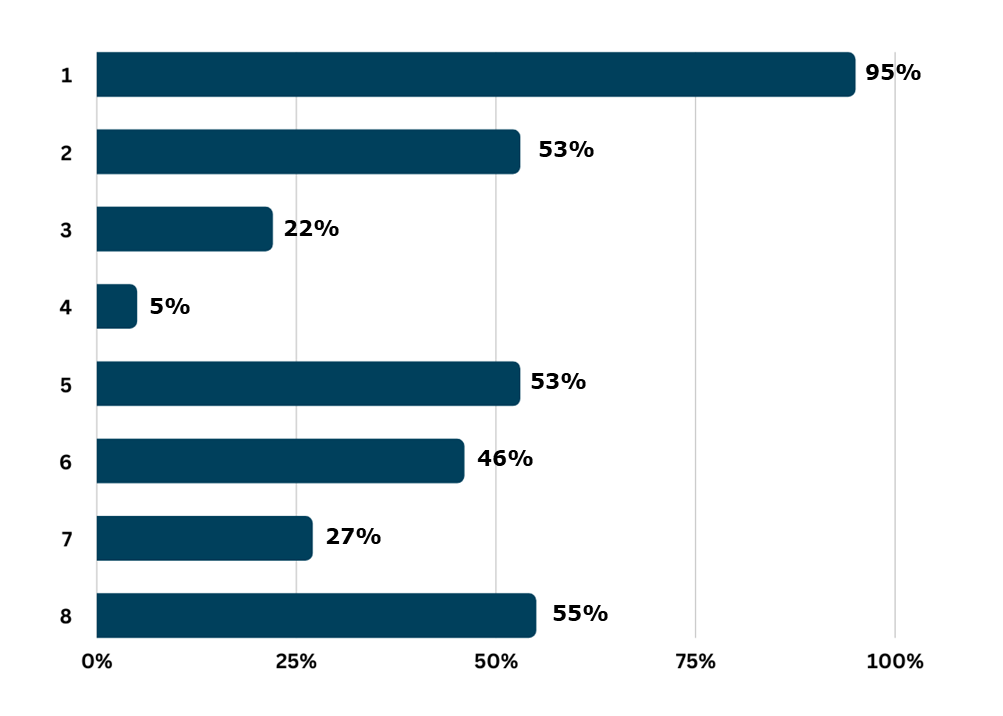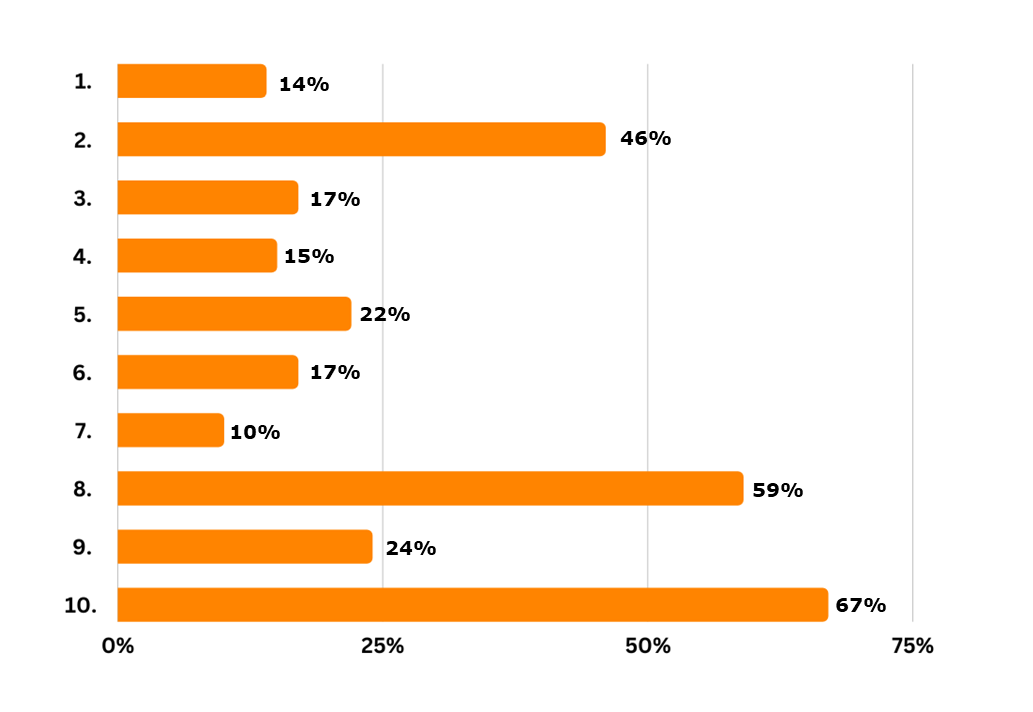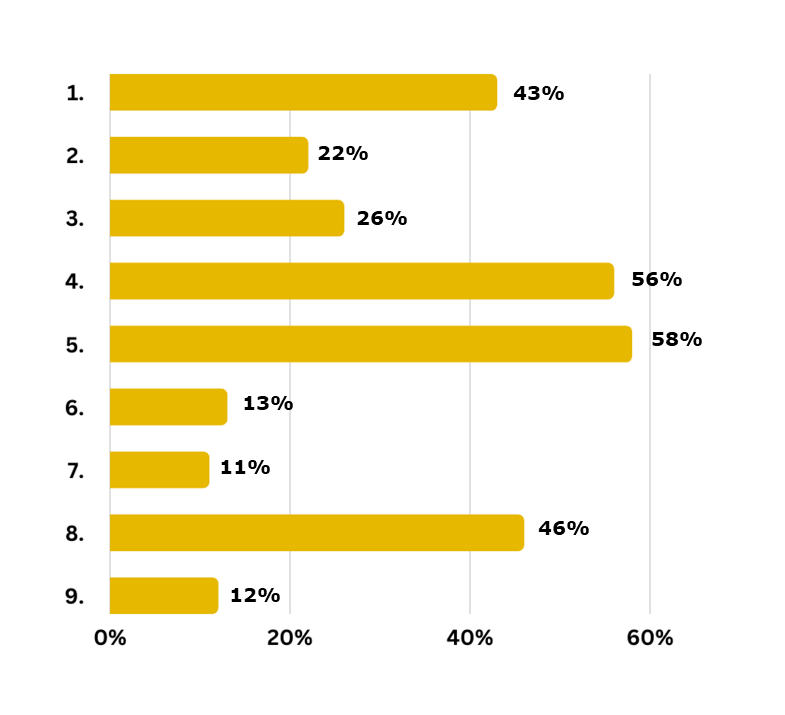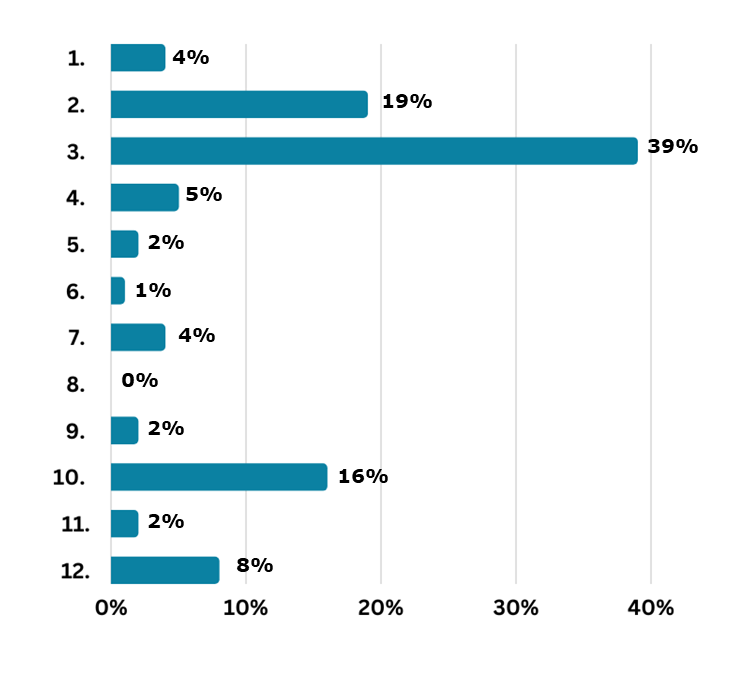Survey on literacy and school libraries – Results
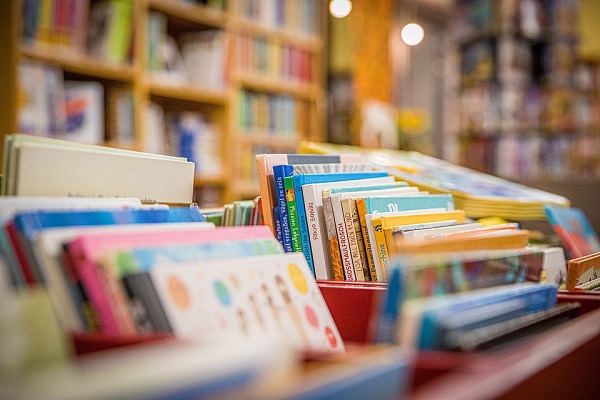
School libraries can support self-directed learning away from formal classroom teaching. They offer an alternative route to knowledge and skills by providing learning resources and a space for study. School libraries can also be a place where pupils can follow up on lessons, read for pleasure, and conduct research, sometimes with the help of qualified staff.
Literacy is the ability to understand, express, and interpret concepts in both oral and written form. It implies the ability to communicate and connect effectively with others in an appropriate and creative way (Council Recommendation on key competences for lifelong learning, 2018).
How does your school library develop reading skills and a love of books? How has it changed to reflect the needs of teachers and learners?
This survey aimed to gauge views on school libraries and literacy. It was open from 1 September to 1 November 2022 and attracted 129 respondents from 25 countries, 69 % of whom were teachers or school leaders, and approximately 16 % of whom were in-school support staff such as librarians.
Results (N = 129)
1 - Select all that apply to your school or a school you know
95 % of the respondents indicated that their school has a library, and more than half (55 %) indicated that their school library gets new books at least once a year. Additionally, 53 % of respondents reported that there is a school librarian and that their school collaborates with the local public library.
Regarding the use of the school library, around 46 % of the respondents stated that most pupils use it regularly, whereas 27 % stated that teachers use it at least on a weekly basis. About 22 % mentioned that the school’s library services have decreased in the past few years and only 5 % said that the school library currently focuses more on digital content than books.
- The school has a school library
- The school collaborates with the local public library
- The school’s library services have decreased in the past few years
- The school library now focuses more on digital content than books
- The school has a librarian who is solely responsible for the library
- Most pupils use the school library regularly
- Teachers use the library at least once a week for their work
- New books are purchased for the school library at least once a year
2 - In your opinion, what are the main tasks of school libraries?
According to the respondents, the three main tasks of school libraries are encouraging reading for pleasure (67 %), helping pupils become critical users of information (59 %), and raising literacy and attainment levels (46 %).
Less cited tasks include the promotion of informal learning through after-school activities (24 %), providing access to the internet and online resources (22 %), offering a quiet study area, and providing teachers with teaching resources/materials (both 17 %).
Lower rates were observed in relation to qualified library staff offering guidance to pupils in their studies (15 %), hard copy books and learning materials (14 %), and providing a meeting point for school staff, pupils, and parents (10 %).
- Providing hard copy books and printed learning materials
- Raising literacy and attainment levels
- Providing a quiet study area
- Providing guidance from qualified school library staff to help pupils in their studies
- Giving access to the internet, e-books, digital tools, and online resources
- Providing teachers with teaching resources and materials
- Being a meeting point for school staff, pupils, and parents
- Helping pupils become critical users of information
- Promoting informal learning by organising after-school activities such as reading clubs
- Encouraging reading for pleasure
3 - To what extent do you consider the following strategies effective for developing literacy?
According to the survey respondents, the most effective strategies for developing pupils’ literacy are encouraging pupils to read books of their choice in the library (94 % rating this very effective or effective) and organising regular reading-related activities, such as inviting local writers and poets to talk about their books (91 %).
Three other strategies were considered effective or very effective: setting up a book club in school (87 %), establishing closer connections between the school and the local public library (78 %), involving parents in pupils’ reading (78 %), and encouraging read-aloud programmes (78 %).
Some less popular, but still considered effective, strategies for most respondents were providing incentives and rewards for reading for pleasure (74 %) and designating a set time in the library for independent reading (68 %).
- Encouraging pupils to read books of their choice in the library
- Designating a set time in the library for independent reading for pleasure
- Providing incentives and rewards for reading for pleasure (e.g. book vouchers, free books, book awards, special days, and events)
- Involving parents in pupils’ reading (e.g. reading at home, children reading to parents, parents reading to children)
- Establishing closer connections between the school library and the local public library
- Organising regular reading-related activities, such as inviting local writers and poets to talk about their books
- Setting up a book club in school
- Encouraging read-aloud programmes
4 - Pick three scenarios that you expect to see in the future
When asked about future scenarios for school libraries, most respondents (58 %) see them as becoming learning spaces or resource centres supporting self-directed learning, differentiation, and project-based learning (56 %). Almost half see them as virtual learning spaces (46 %) and promoting collaboration between librarians and classroom teachers (44 %). There was little support for scenarios in which school libraries are replaced by other spaces (13 %), pupils make more use of social media to gain information about the library (12 %), or where there are fewer printed books (11 %).
- More collaboration between librarians and classroom teachers (e.g. co-teaching)
- More schools having their own libraries
- Closer collaboration between digital learning coordinators and school librarians
- The library supporting self-directed learning, differentiation, and project-based learning
- Libraries functioning primarily as learning spaces or resource centres (with books as one of many resources, on the same level as digital, audio, and other resources)
- School libraries will be replaced by other spaces such as more classrooms or labs
- Fewer printed books in the library
- Libraries as a virtual learning space that is accessible to everyone, at anytime, anywhere, and on any device
- Increased use of social media for pupils to access information about the library’s learning spaces and book availability
Conclusion
Although the survey had a relatively low response rate compared to other surveys in this series, it shows that most respondents work in a school that has a library and a designated school librarian, and that the library is updated at least annually. The majority of respondents think that school libraries should encourage reading for pleasure, help pupils become information literate, and raise pupils’ literacy and attainment levels. To do so, respondents view the most effective strategies being encouraging pupils to read books of their choice in the library, organising regular reading-related activities, setting up a book club, establishing closer connections with the public libraries, and involving pupils’ parents. Finally, respondents envision future school libraries as learning spaces or resource centres that support self-directed learning, differentiation, and project-based learning, but maintaining the use of printed books.
ANNEX: Role of respondents
- Teacher – early childhood education and care
- Teacher – primary education
- Teacher – secondary education
- Teacher – vocational education
- School head
- National, regional, or local authority
- Teacher educator
- Education policymaker
- Parent
- In-school support staff (e.g., school librarian, career counsellor)
- External practitioner (visiting schools)
- Other educational professional/stakeholder
Additional information
-
Education type:School Education
-
Target audience:TeacherStudent TeacherHead Teacher / PrincipalLibrarianTeacher EducatorResearcher
-
Target audience ISCED:Primary education (ISCED 1)Lower secondary education (ISCED 2)Upper secondary education (ISCED 3)

